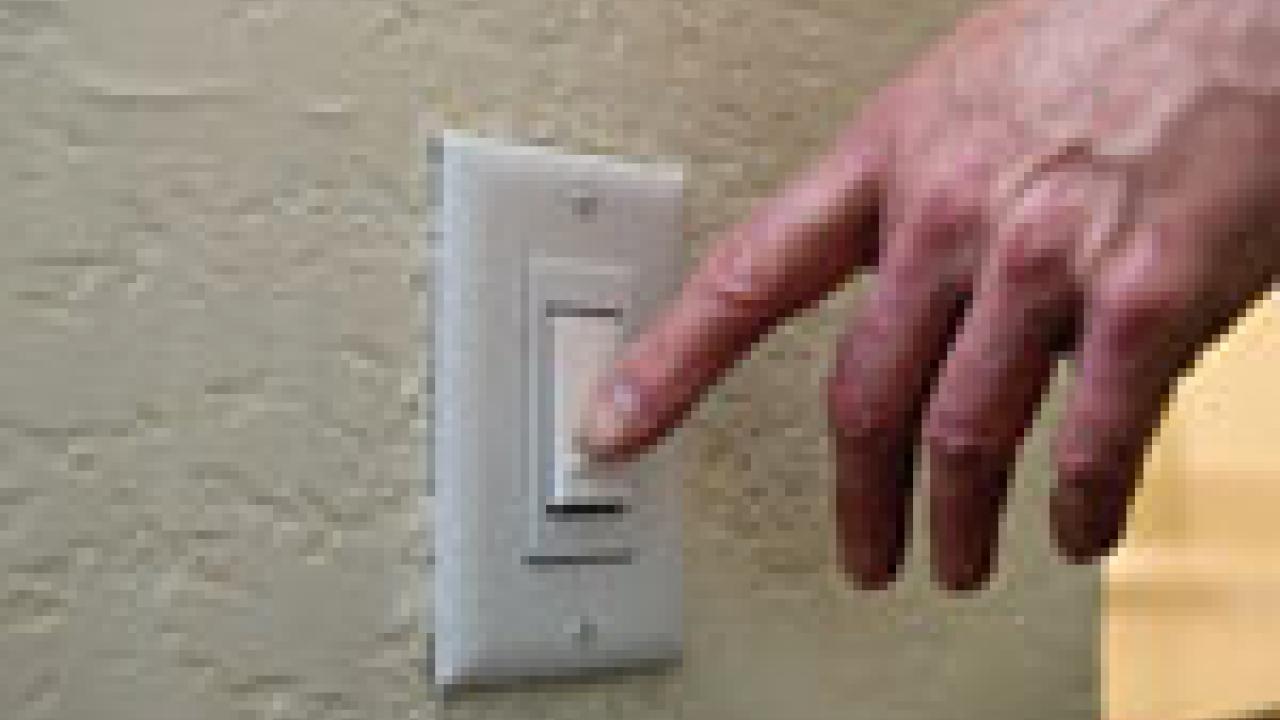UC Davis is sustaining its record of innovative sustainability efforts.
The latest proof: Two more best practice awards in a program for California's three public systems of higher education: UC, California State University and California Community Colleges.
At the sustainability program's sixth annual conference June 24-28, UC Davis received awards for its dining commons composting project and the retrofitting of the bathroom lighting systems in the Webster residence hall.
The composting project, launched at the Tercero dining commons last November, is a joint effort of the campus's R4 Recycling and Sodexho food service, which runs the dining commons.
Previously, organic waste went to the campus' landfill. Not anymore. Now it is being composted. That includes napkins and other paper waste.
Tercero continues to recycle boxes and food cans. Those efforts, along with the composting, equal a total recycling rate in excess of 90 percent.
R4 Recycling and Sodexho are now in the process of extending the composting program to the campus's other dining halls, Oxford, Castillian and Segundo. R4 also hopes to include the Coffee House and Silo.
At Webster Hall, a 265-bed, suite-style residence hall in the Cuarto area, all 83 bathrooms now feature lights that turn themselves off — which is a good thing in a residence hall where students might not always remember to flip the switch on their way out of the bathroom.
"Then they go home for the weekend and the light burns for two days," said Lance Veit, construction program manager for Student Housing.
The new bathroom lights take care of that problem. A vendor, Metal Optics, provided the systems for free, and Student Housing put them in as a test — in a partnership with the university's California Lighting Technology Center.
"The CLTC came to us with the new ballast technology, then together we determined the appropriate application," said Mike Sheehan, associate director of Student Housing. "This is a great partnership."
The lights are paying off. The lighting technology center logged energy use and expense before and after the retrofit, and determined that the project achieved about a 50 percent reduction in energy going to the bathroom lights and a corresponding savings of about $1,000 a year.
Here is how the lights work: People entering a bathroom turn the light switch on, and, upon leaving, they can turn the switch off. But, if they forget, the light will switch off automatically after 30 minutes — tripped by a motion sensor on the bottom of the fixture.
Additionally, an LED at the top of each fixture serves as a night light, perhaps keeping people from turning on the main light if they are going into the bathroom just for a tissue, for example, and do not need full light.
Student Housing is now planning to install similar lights in two more of Cuarto's suite-style residence halls: Emerson, with 500 beds, and Thoreau, with 235 beds.
Media Resources
Dave Jones, Dateline, 530-752-6556, dljones@ucdavis.edu
